GUEST BLOGGER LAURA PURDIE SALAS
Two of my 2023 titles, ZAP! CLAP! BOOM! and PUDDLE SONG, celebrate the joy and drama of weather. First, we experience the storm, in ZAP! CLAP! BOOM! THE STORY OF A THUNDERSTORM. Jump forward a bit from the end of this book and you might land in PUDDLE SONG, which a puddle “sings” to the people and objects around it.
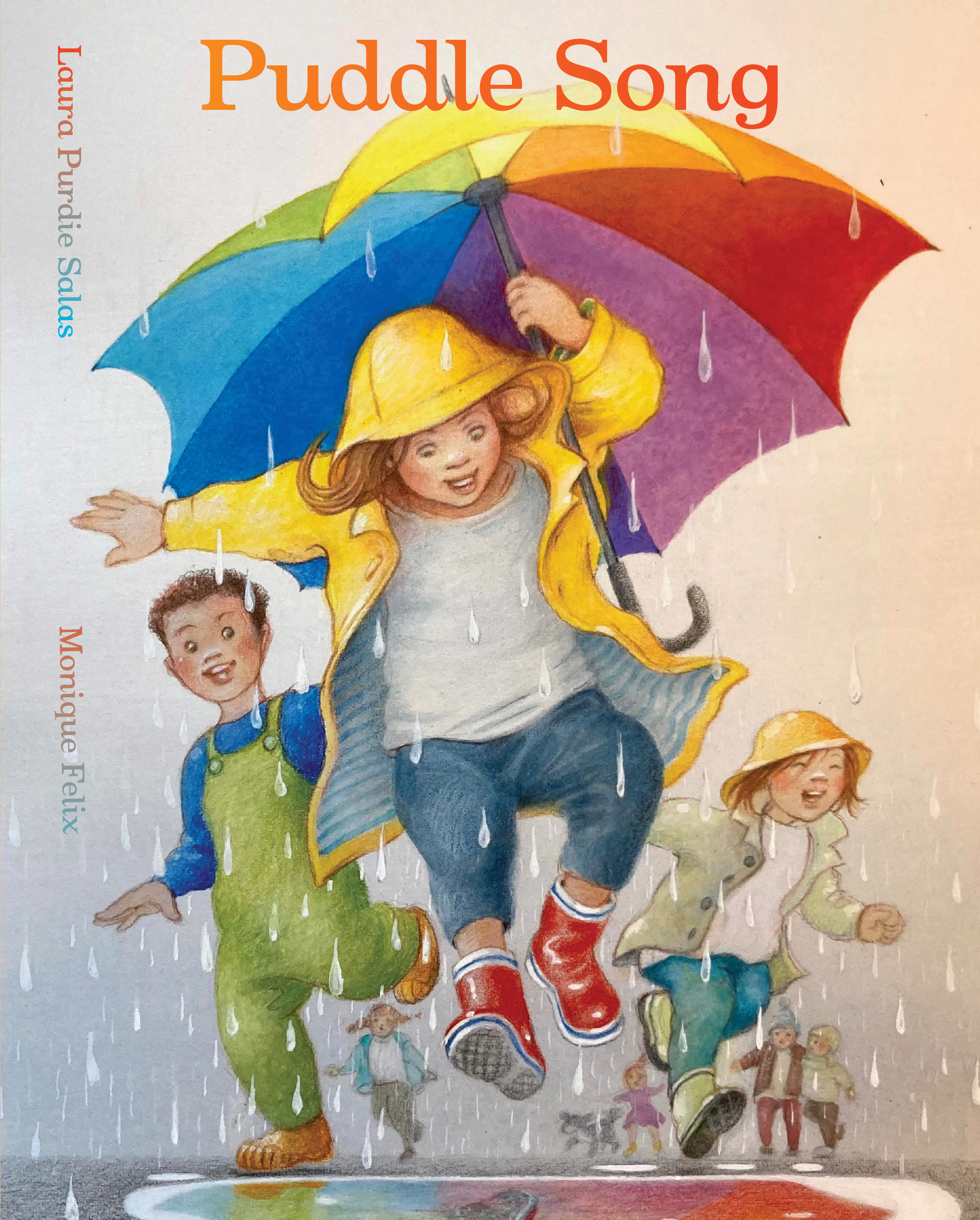
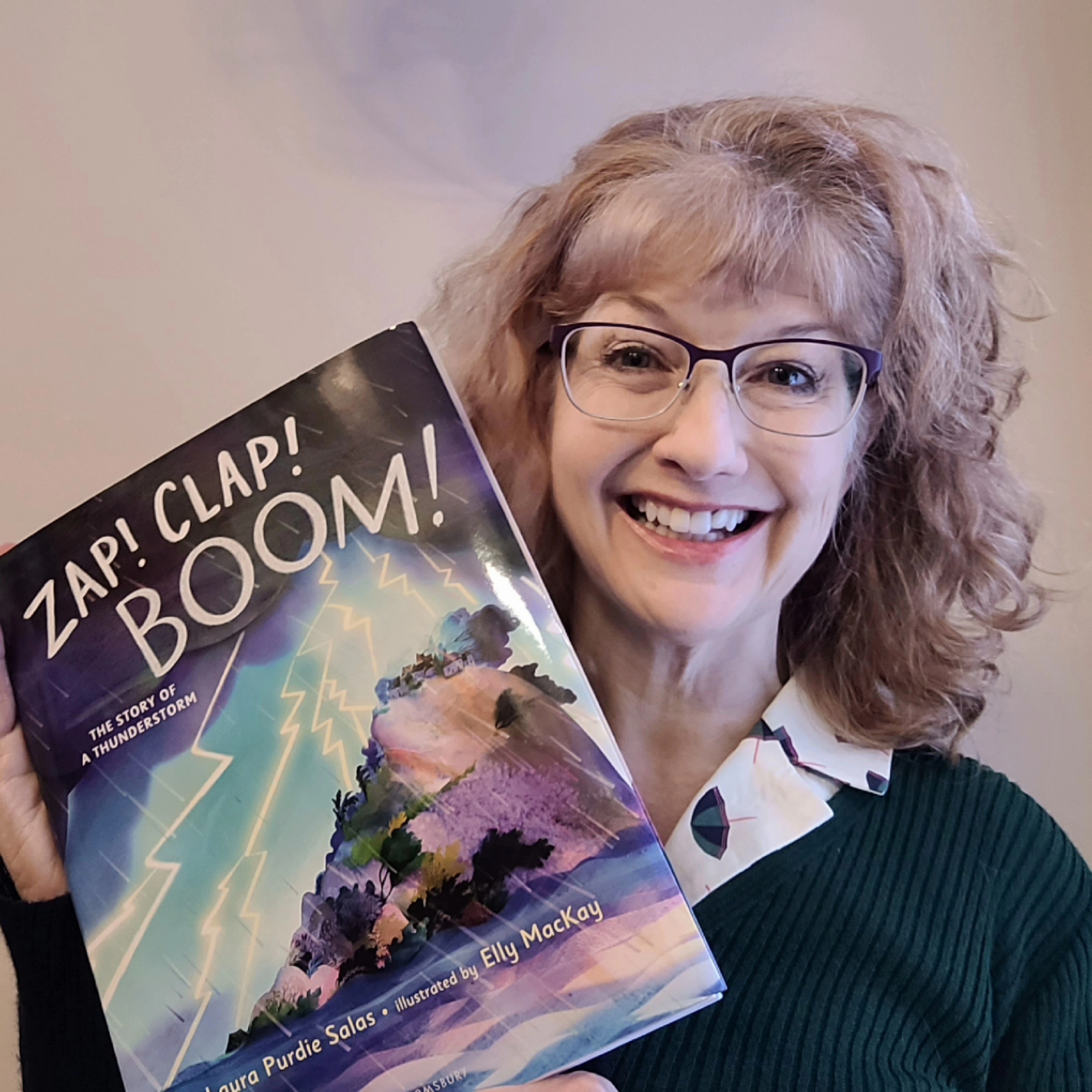
We play in weather, complain about weather, and forget about weather. Let’s help students connect more personally to weather!
Start with weather observations
After reading the books, ask students what the weather was like last week. (Keep a record the week before!) Which days were rainy, snowy, or as hot as an oven? How did the weather affect students’ activities? Was a ball game canceled? Did they go sledding?
Tell students they’re going to keep a weather journal for a week. You can use this sheet or simply have students use a notebook or journal. Each day, they’ll sum up the weather of the day before and write one sentence about what they did or could not do due to the weather.
Each day, lead a brief discussion around what the students did, wrote, and felt. Some kids might love rain (I always have), while others feel cheated because of canceled plans. Those different reactions are okay!
Make your own weather
The following week, review the water cycle with students using the video below.
As you discuss condensation and precipitation, share this visual model. Ask: What makes rain finally spill from clouds? Eventually, the condensing water droplets weigh too much for the cloud to hold.
Fill a glass jar almost full with water. Fill to the brim with a solid layer of shaving cream. That represents a cloud. Add food coloring, representing water drops. “I wonder what will happen when we fill our cloud with water?”
Build up the drama! Let kids predict and track how many drops it takes to make the cloud “rain.”
Approaching the ode
Next, we’ll get personal. Lead a brainstorming session about how our families and our world depends on water. I have a video about my own family. Explain that they’ll be celebrating rain and water by writing an ode poem.
Share some examples of odes. Two you can likely find online are “Ode to Mi Gato,” by Gary Soto and “Hymn to the Comb-Over,” by Wesley McNair. And here’s a student ode (shared with permission):
Point out what these odes have in common: no rhyme, rich figurative language, over-the-top praise, and sensory words.
Write a class ode about something ordinary—say a bucket. Lead students in brainstorming what they know/notice about it. Next, write a line for each of the five senses. Ask students what else is as blue as the bucket. Then demonstrate writing an over-the-top line using the comparison: “Oh, bucket, you are as blue as the tropical sky in June!” And then, perhaps, “The sound of my shovel is a tap dance against your sturdy plastic.”
Have fun with it!
Weather odes
Now students will write odes to rain.
Follow the same brainstorming process you used for your group poem. Add in brainstorming about memories, emotions, and what they might call rain: a hero, a savior, a champion, a protector, etc.
Now each student will write a poem draft. Give a suggestion for each line as they write (“the smell of rain…”) and set a short timer, perhaps 90 seconds. Have students write 5 to 10 lines.
Let a day or two pass before returning to the odes. Tell students that in their second draft, they can cross out lines they don’t like
If time permits, guide them through some revision around specific nouns, active verbs, and emotion. Then ask them to check their spelling (with me, with a spell-checker, with a friend, with a dictionary, etc.) before they copy their final draft onto nice paper or in their notebook. I invite students to share, but that’s totally optional.
The calm after the storm
Wrap up with a group discussion. What have students learned about rain and storms? Do they feel differently about rain or puddles now?
We control a lot of things in our world. But we can’t control the weather. So we might as well make our peace with that and focus on appreciating the positive effects of whatever weather we have. Almost every kind of weather does something good for our planet!
Featured image credit: “Rain Study 3” by amandabhslater is licensed under CC BY-SA 2.0.
Former teacher Laura Purdie Salas believes reading small picture books and poems can have a huge impact on your life. She’s written more than 135 books for kids, including Lion of the Sky (Kirkus Best Books and Parents Magazine Best Books of the Year), Snowman-Cold=Puddle (Junior Library Guild selection), and the Can Be… series (Bank Street Best Books, IRA Teachers’ Choice). Laura loves to share inspiration and practical tips with educators about poetry, nonfiction, and more. Visit Laura at laurasalas.com or on Twitter, Facebook, or Instagram at @LauraPSalas. Find more resources and activity sheets for these books at laurasalas.com , where you can also subscribe to Small Reads, her monthly e-letter for educators.


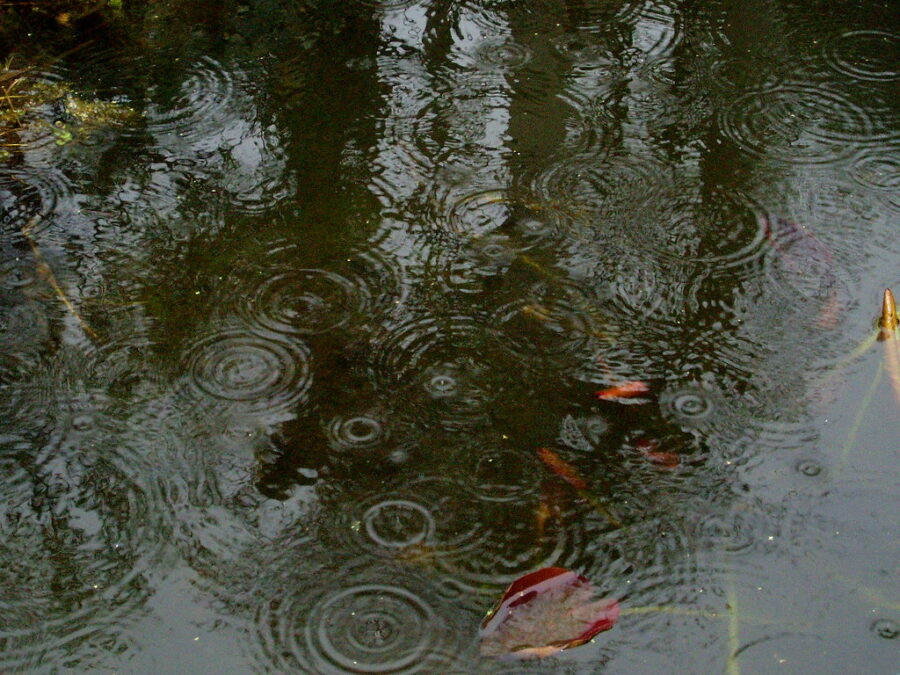

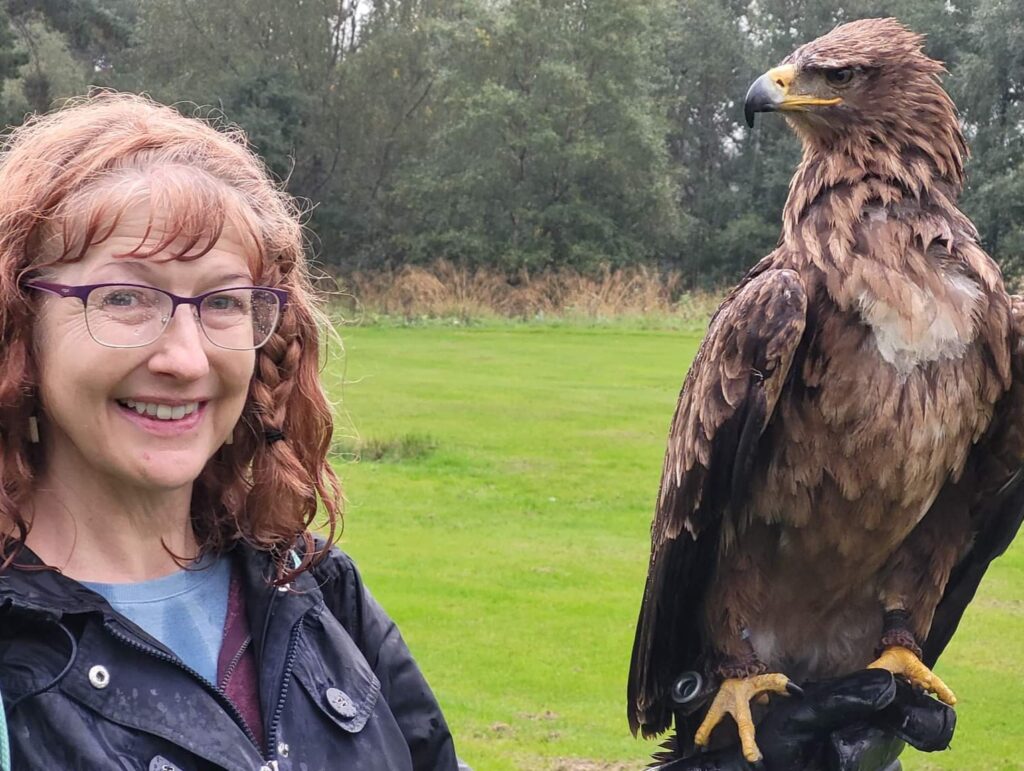
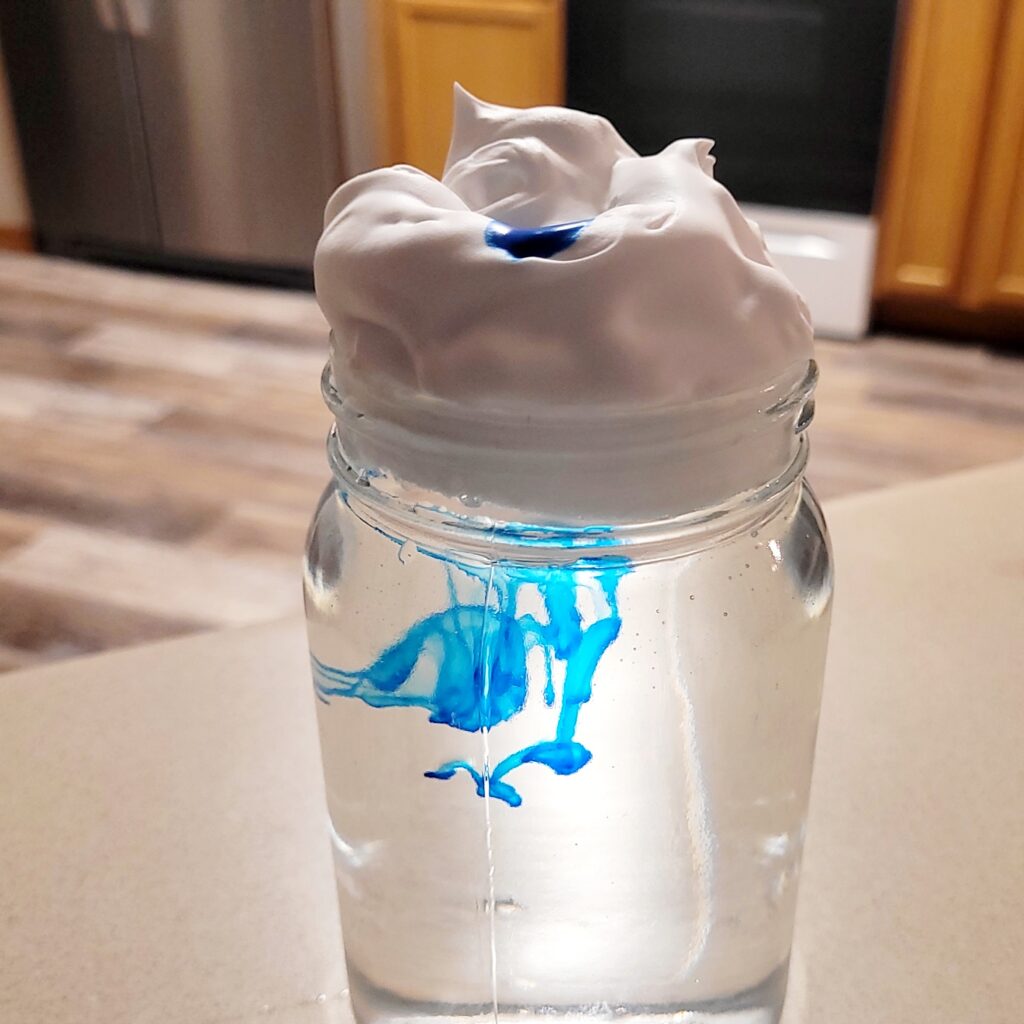
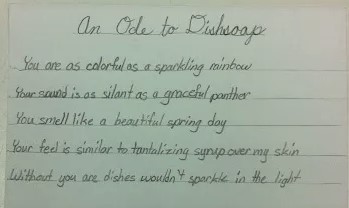

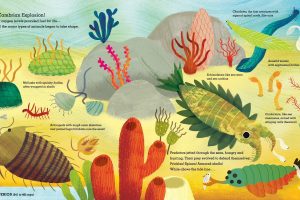
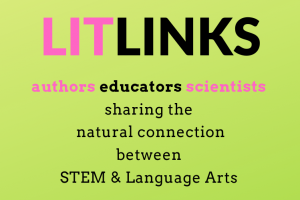



Leave a Reply
Your email is safe with me.